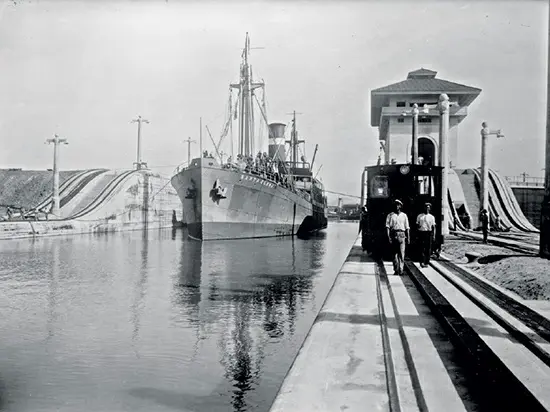The Panama Canal, completed in 1914, stands as a testament to human ingenuity and geopolitical maneuvering. Initially, the formidable landmass of the Americas posed a significant challenge to 15th and 16th-century European explorers seeking a westward route to the Spice Islands. However, by the 17th and 18th centuries, detailed mapping of the Americas highlighted the narrow isthmus regions in present-day Panama and Nicaragua, sparking ideas for a canal.
Early plans for a canal through Nicaragua were abandoned due to environmental concerns, particularly regarding Lake Nicaragua. Focus then shifted to Panama, where the US had already built a railway across the isthmus to facilitate the California Gold Rush. The French first attempted to construct a ship canal in Panama between 1881 and 1884, but the project was plagued by disease and financial issues.
The US, employing “gunboat diplomacy,” supported Panama’s independence from Colombia in exchange for rights to build and operate the canal. Utilizing a series of locks and manmade lakes, the construction resumed in 1906, incorporating some of the previous French efforts. Despite improved health and sanitation measures, the canal’s construction still claimed over 5,000 lives, many of whom were migrant laborers.
At a cost of over $9 billion in today’s currency, the 50-mile canal significantly reduced travel time for ships, cutting thousands of miles off their journeys. Today, the Panama Canal is one of the busiest shipping lanes globally, with over 14,000 ships passing through each year.

